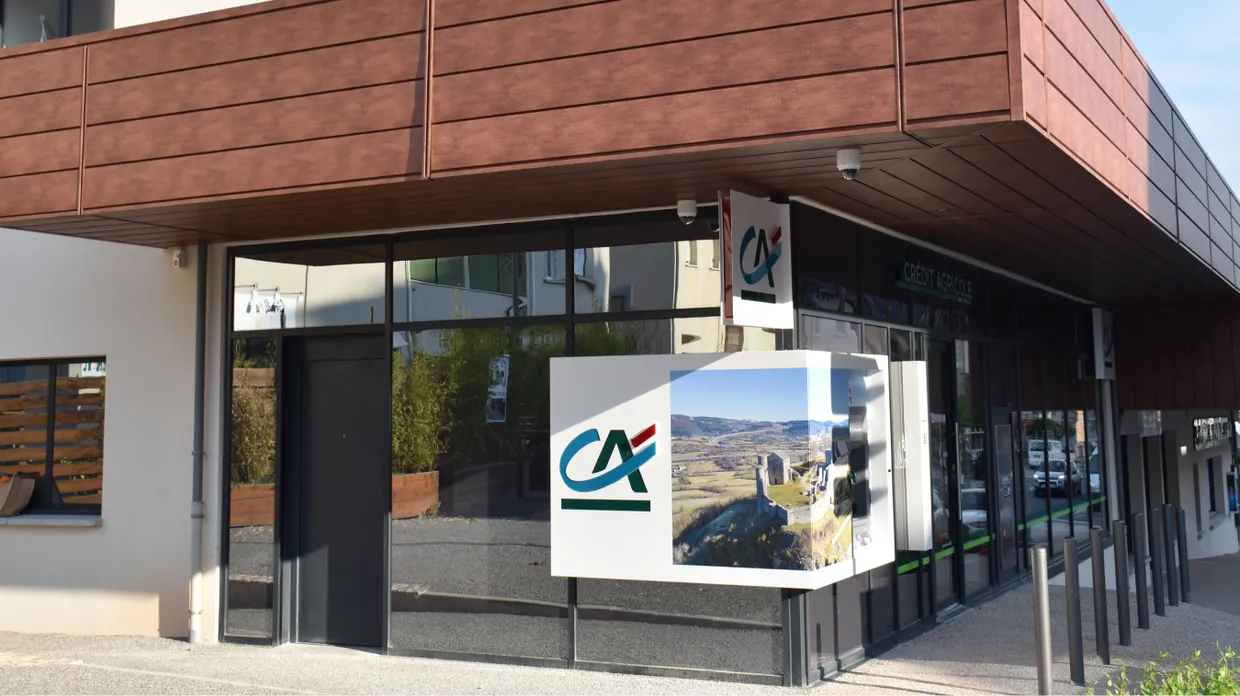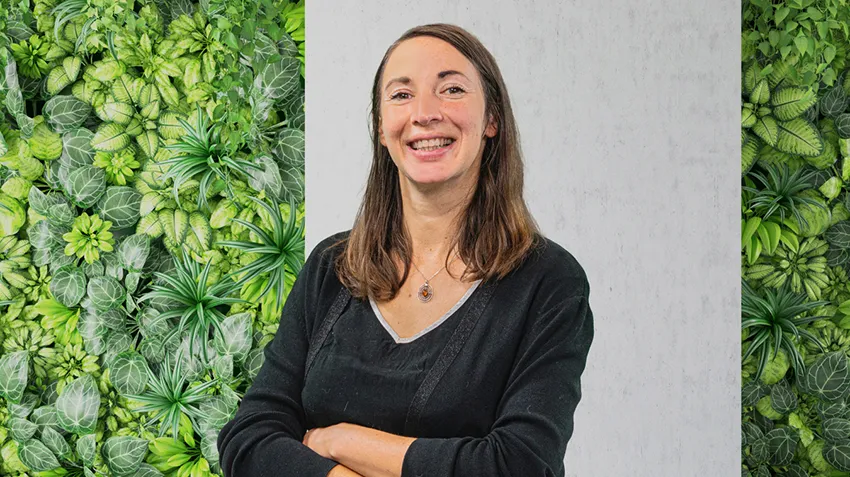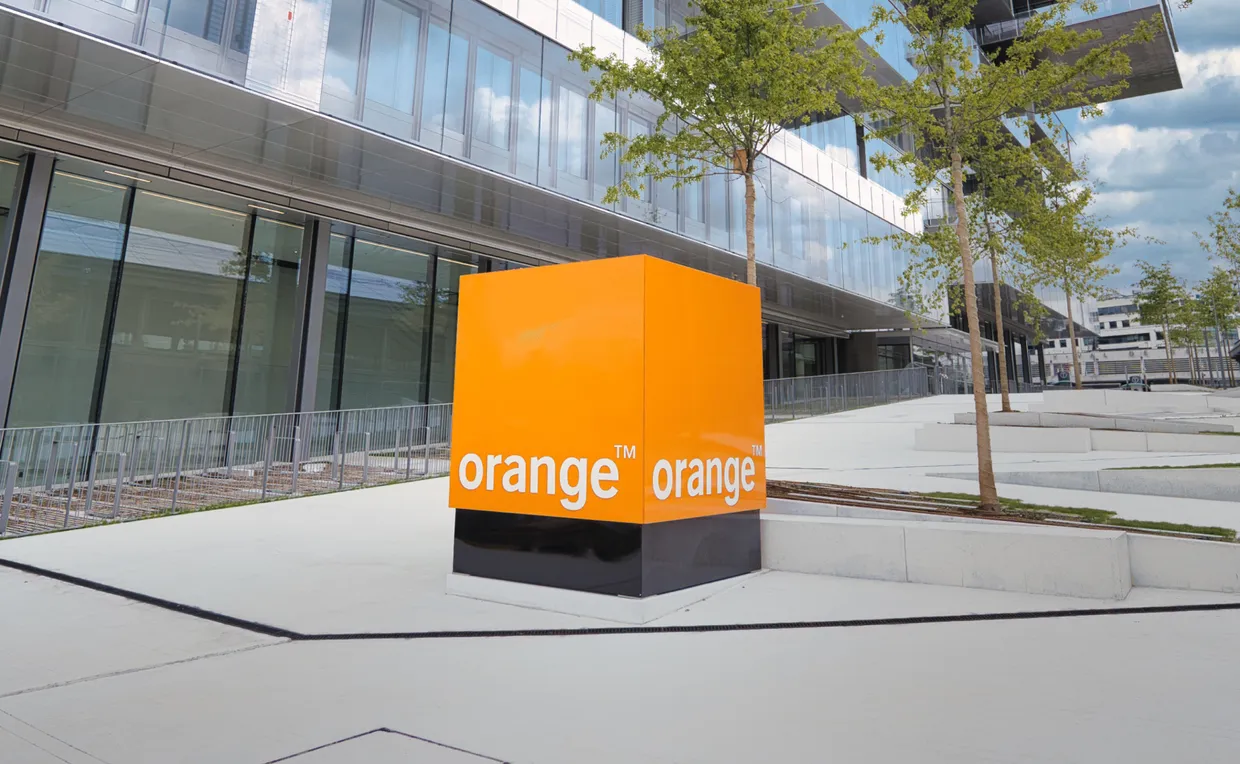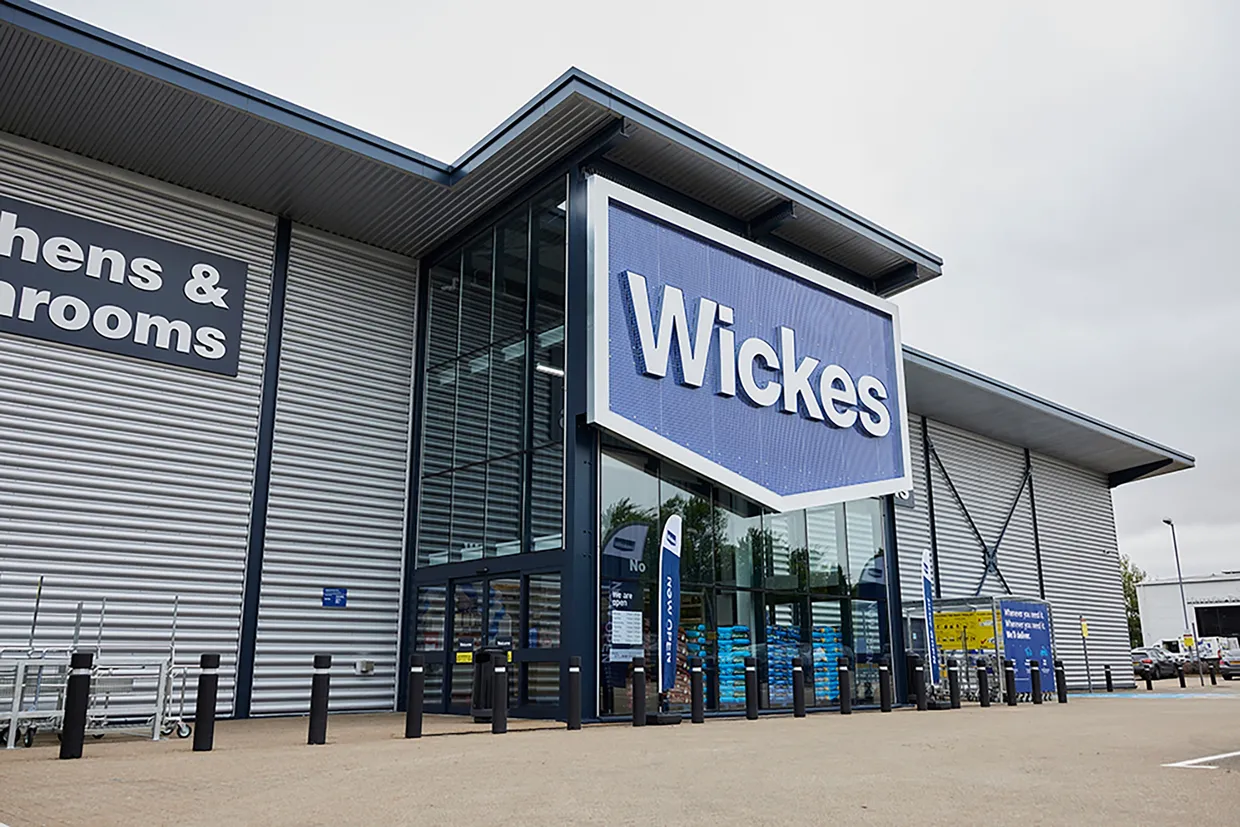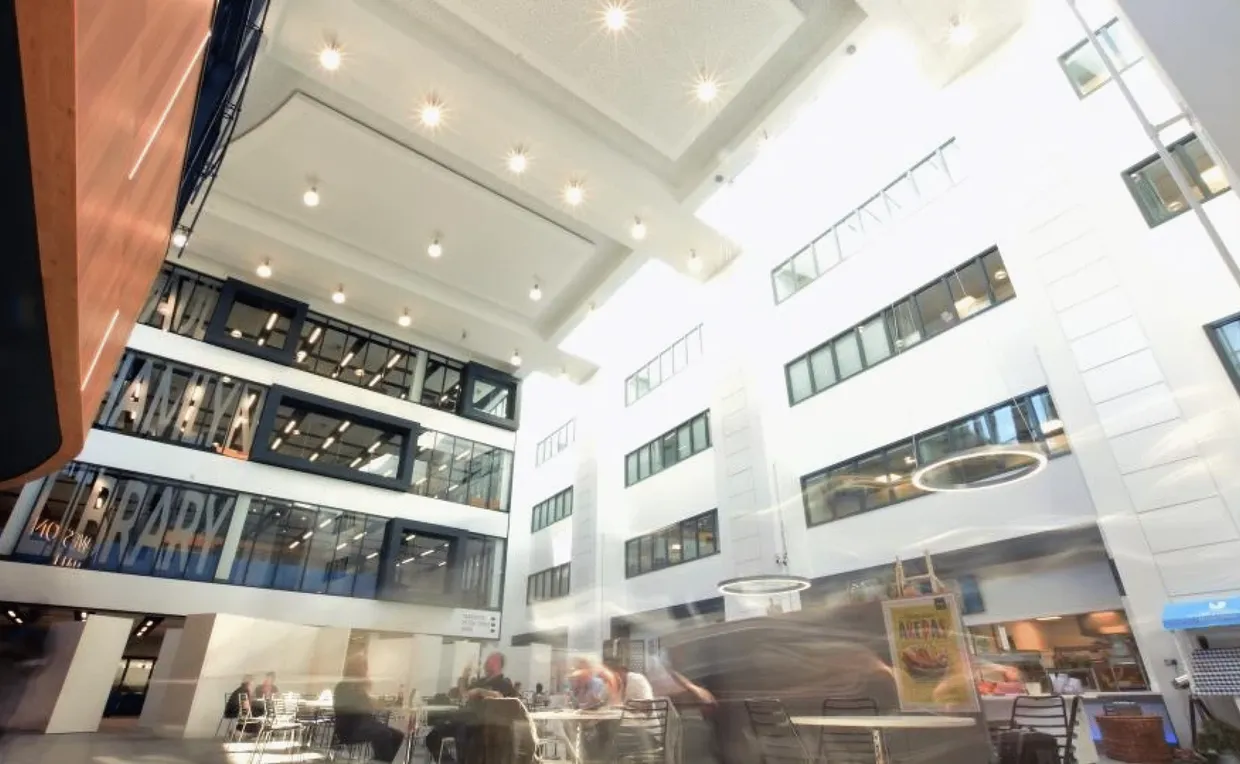Background
Crédit Agricole Nord Midi-Pyrénées is one of 39 regional divisions of Crédit Agricole Group, the European Union’s third biggest banking group by assets, and Europe’s biggest asset manager by number of retail customers.
It is a mutualist and co-operative retail bank, offering retail banking and insurance products to individuals and professionals, with a particularly strong presence within the agriculture industry. Crédit Agricole Nord Midi-Pyrénées has 158 branches across four French départements (administrative regions)
Crédit Agricole Group has set a company-wide climate strategy aligned with the objectives of the Paris Agreement, aiming to achieve carbon neutrality by the year 2050. Within this, Crédit Agricole Nord Midi-Pyrénées has for example set a target to reduce its carbon emissions by 46% between 2019 and 2030.
Challenge
As a large financial institution with a stated commitment to sustainability, Crédit Agricole Nord Midi-Pyrénées is facing increasing disclosure demands, as well as scrutiny from customers over its environmental credentials.
In order to comply with regulations including the European Union’s CSRD and France’s Bilan Carbone, and to meet its own internal sustainability targets such as a group-wide goal of carbon neutrality by the year 2050, the bank’s Corporate and Social Responsibility team found itself needing to collate and manage growing and increasingly complex carbon and ESG data sets.
Moreover, as a financial institution, Crédit Agricole Nord Midi-Pyrénées’ emissions fall overwhelmingly into the Scope 3 category. More than 90% of them are “financed emissions” linked to banking products, which are more complex to identify and calculate.
Previously, in order to calculate its carbon footprint and comply with the Bilan Carbone, Crédit Agricole Nord Midi-Pyrénées had relied on manual carbon and ESG data accounting methods which were time-consuming, and poorly suited to collaborative working. The bank had called upon external consultants to assist with these disclosures, but wanted to achieve more autonomy over the process.

